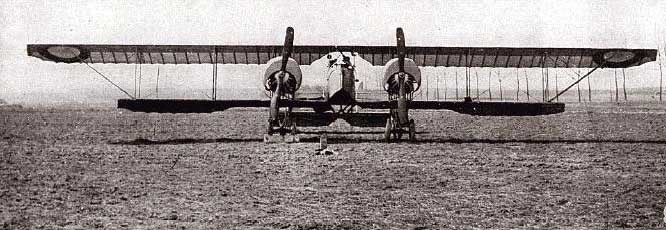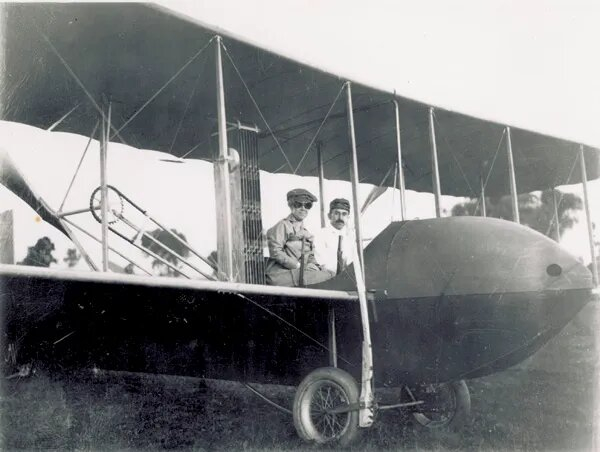He helped in developing technology for the United States army
When Wilbur passed away in 1912 from typhoid illness, Orville carried on the work they had both started. He has little interest in business and lacks his brother's determination in that regard. He sold the business three years after his brother passed away. He went back to his lab to work on research and design. His work has aided in the advancement of aircraft technology for the American military.
The Wrights modified the Wright Flyer's design by shifting the lift's horizontal location from the front to the back, adding wheels, and leaving the slides in place as part of the undercarriage. At that time, it becomes obvious that the rear elevator will facilitate control of the aircraft, particularly when high speeds become more frequent. Although the Wrights never referred to the initial canard design as "Model A," the new version was given the moniker "Model B." The US Army Signals Force, who bought the plane, referred to it as a "Wright Class A."
It's significant that Orville Wright improved and developed aviation technology for the US military. Additionally, this has strengthened American aviation more than before. He spent the last three decades of his life serving on aviation-related boards and committees, notably the National Advisory Committee on Aviation, funded by the National Aeronautics and Space Administration, because of his extensive Orville Wright experience.








